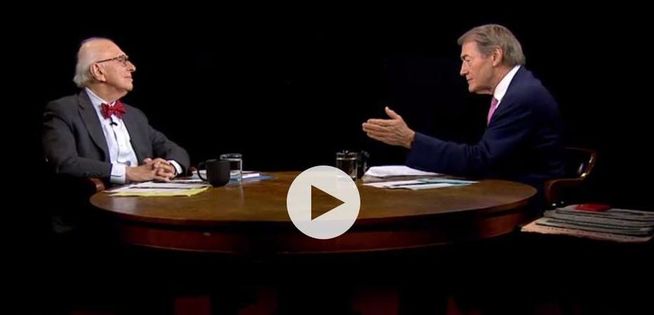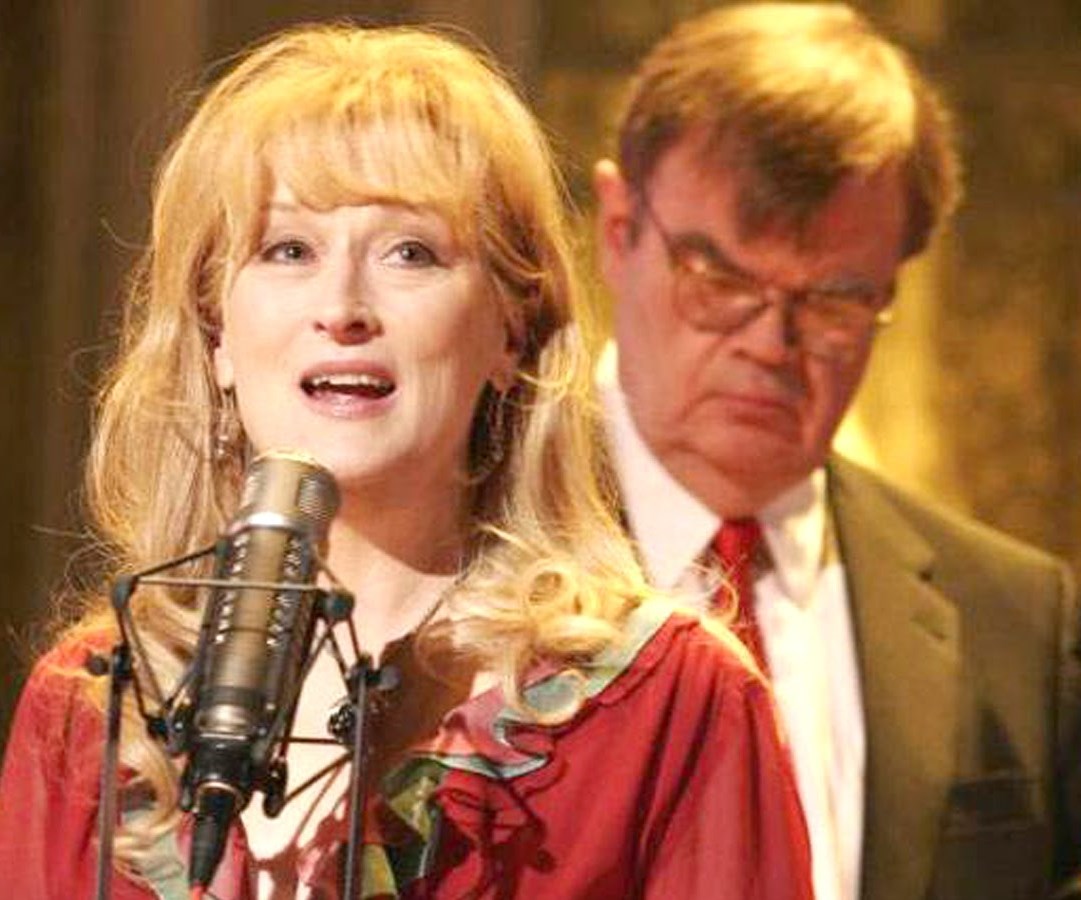|
One of the best things on television in the past decade was The Brain Series by Charlie Rose.
The body of work exists – on line, easily accessible, and etched in the memories of viewers like my wife, who listened and learned. The leader of the discussions was Dr. Eric R. Kandel of Columbia University, whose knowledge and manner commanded the screen. The other guests were also brilliant, and Rose raised his game considerably, moving things along and actually listening to the experts. Now we are left with the image of a powerful man parading around his apartment in an open bathrobe, terrorizing young female colleagues. How do we process this? The series remains. I suspect the science and the humanity will remain pertinent, at least until future discoveries add to the knowledge. Can people live with a focused Charlie Rose moderating a landmark series? Can people live with their vinyl and CDs and downloads of James Levine conducting opera? Everybody has to live with their memories. I won’t miss Matt Lauer because I never, ever, watch morning TV. I don’t know how to gauge the widely variant charges or suspicions about John Hockenberry and Leonard Lopate and Jonathan Schwartz (and Charlie Rose), all of whom have interviewed me respectfully, let me hustle my books. What was it like for the capable women in those studios who made a visit so successful? Harvey Weinstein is easy. He is a monster who produced some great movies but he is a monster just for what he did to that beautiful and spirited and talented Annabella Sciorra, whom I have loved since she sang in "Mister Wonderful." (Go ahead, look at the video, watch her ex eat his heart out.) I want to be on the Weinstein jury. That’s all I’m saying. Then there is Garrison Keillor. There were years when we built our Saturday afternoons and evenings around his radio show – times when my wife and I sat in a parking lot outside a restaurant until he finished his weekly visit to Lake Wobegon (the one about a man driving his young family back to Minnesota for the holidays, the one about the pioneer who dies in the badlands, never getting to see the Pacific.) Keillor never presented himself as anything more than flawed. (His radio alter ego was reminded of this by his own mother, who couldn’t remember his name.) He added his human complexities to his voice, his words, his image. Now he is accused of – he says – sliding his hand into the back of an open blouse. A mistake, he says, which happened while consoling a woman. Keillor says he is not a tactile person, and I believe it. In past decades, I interviewed him maybe half a dozen times on the phone but never quite got to have a conversation even at rehearsals at Town Hall in New York. He nodded in recognition -- and kept moving. A shy guy. Who knows about him? Keillor played himself in a movie about his last radio show, art predicting life. The Robert Altman movie, “A Prairie Home Companion,” has an amazing cast, not the least of whom is Virginia Madsen as a redhead in a white raincoat who, he realizes, just may be an angel of death, with her eye on him. (She died in a car wreck while laughing at his radio joke, she tells him, as he edges away.) The movie (Altman’s last) is classic Altman, in that you have to listen to overlapping conversations – a stretch for younger audiences. One of the subplots involves Meryl Streep as a country singer on the show, who was once Keillor’s girlfriend, and every so often she reminds him of exactly that. He knows she is in pain that he caused. The ringleader figure in the movie is a creep, but a talented, sensitive, guilty creep. How human, art imitating life. Now the question is, what do we do with the education, the art, the culture, from people (men, in this context) who seem to be varying scales of creep? We have a major creep running for the Senate in Alabama. We have a serial creep as President. We have creeps of all major parties. Meantime, I can watch Keillor in that movie over and over again. Some day when I grow up and develop a brain, I plan to watch the Brain Series, but for the moment we are left with the major creep in the bathrobe who caused such pain.
Hansen Alexander
12/8/2017 07:56:16 pm
A sensitive and informative discussion of a difficult subject, George, handled with your usual grace and good writing.
bruce
12/9/2017 12:17:13 am
george, 12/9/2017 10:20:59 am
George, I think this is the best piece that I have read on this confusing, CREEPY subject. I vote for you to be on the Harvey Jury!
George Vecsey
12/9/2017 10:52:26 am
Thank you all for the nice words. I stayed away from trying to parse the political-power scale. Gail Collins said it better than I could, today.
bruce
12/9/2017 11:06:59 am
George,
Brian Savin
12/9/2017 06:22:44 pm
My dear Grandmother, whom I still love, once wisely counseled me about the private within the important confines of marriage. She said, no one ever knows what takes place within a marriage.
bruce
12/9/2017 07:16:11 pm
i used to say that to my first wife more than 40 years ago when she asked me why i couldn't be like her friend X's husband. a few years later X came over to announce she was getting a divorce. ended up her husband was one sick puppy.
Altenir J. Silva
12/10/2017 06:10:59 am
Dear George, Comments are closed.
|
Categories
All
|











